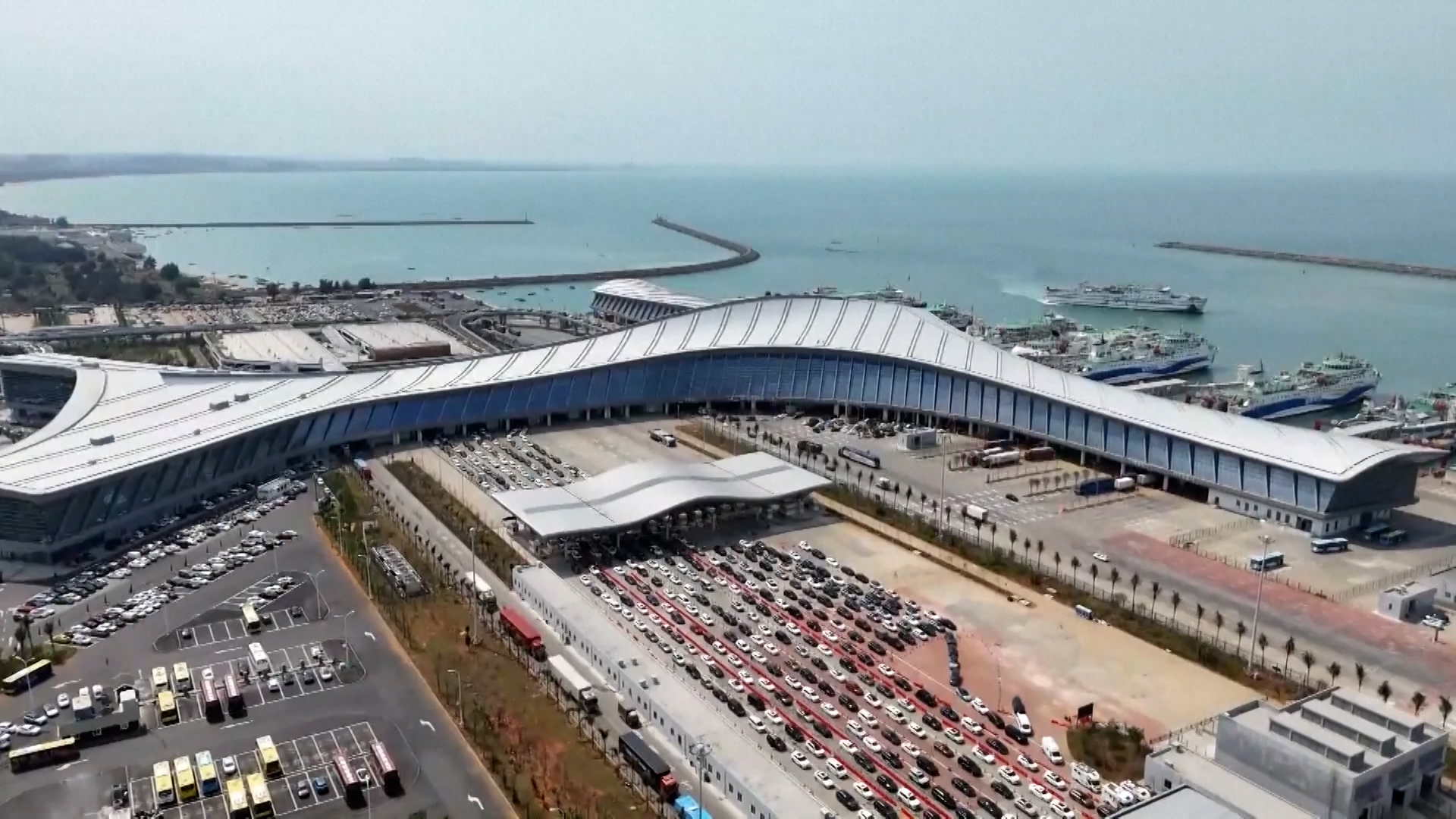China's Tibet Strategy and Infrastructure Drive; AI Semiconductors in Global Politics; Military Tensions in DC; Urban Transformations in Shanghai
National Strategy and Regional Development
The article titled "一见·这项事业,总书记为何强调必须‘一代接一代干下去’" from CCTV focuses on China's extensive strategic engagement in Tibet. It emphasizes the continuity and dedication required in Tibet as highlighted by Chinese President Xi Jinping. His visits to Tibet over the years underscore the long-standing commitment to the region's development, signaling the centrality of Tibet in China's national strategy.
During his visit to Lhasa, Xi Jinping advanced the need for an inter-generational vision to develop Tibet, which he describes as critical to the national governance plans. His focus on Tibet since his first visit as Deputy Secretary of the Fujian Provincial Committee in 1998 underscores continuity in leadership's oversight and direct involvement in regional policies. Xi's narrative around Tibet is framed as a foundational stone for national unity and socialism with Chinese characteristics. This long-haul view is captured in the phrase "掀起来一代接一代干下去," suggesting an enduring commitment and responsibility passed down through generations.
Infrastructure and Humanitarian Assistance as Tools of Influence
The article illustrates various contributions China claims to have made towards transforming the socio-economic landscape of Tibet through infrastructure and humanitarian efforts. For example, officers from different provinces and central agencies are actively involved in what is referred to as "support Tibet cadets." Their roles expand across diverse fields, including healthcare, agriculture, and education, signifying a robust approach to sustainable development in adverse terrains.
The narrative emphasizes selfless dedication and sacrifice by these officers, often described through vivid accounts of challenging terrains and extreme conditions. These stories serve to convey the commitment of cadres and to galvanize further national attention and resources. This portrayal bolsters China's message of unity and collective responsibility, reinforcing the critical role of socialism in addressing regional inequalities.
Chip Production Disruptions and Regulatory Challenges
In the ever-evolving landscape of AI, semiconductor chips play a critical role as the backbone powering these advanced systems. A recent report by udn.com highlights the intricacies involved in the semiconductor industry, particularly in relation to global politics and regulatory measures. A significant development is the agreement between Huida, also known as NVIDIA, and the US government concerning the export of semiconductor technology to China. This agreement dictated that Huida cease the production of their H20 chips dedicated to the Chinese market due to national security concerns.
The negotiations underscore the tense dynamics between the US and China concerning technology transfer and AI capabilities. The US has been wary of allowing advanced chip technology to be accessible to China, fearing potential military applications. As a result, Huida's product adjustments reflect the geopolitical tightrope that companies must navigate.
Military and Political Tensions in Washington D.C. and Houston
Sina reported an intriguing development involving potential military deployments and emergency status extensions in Washington D.C., underscoring mounting tensions between the federal government and local administration. President Trump has expressed the possibility of deploying regular troops in the region if deemed necessary. This position seems to reflect a hardline stance against strong mayoral leadership, especially in the case of Mayor Muriel Bowser, whose coordination has been questioned. There’s a strategic layering of federal pressure, illustrated by Trump’s insistence that Bowser address the situation promptly or face dismissal. The publication's narrative seems aimed at underscoring federal assertiveness while implying potential discord at the local level.
In contrast, the report also suggests broader implications for other cities like Houston, hinting at possible ripple effects. This depiction of potential intervention in other regions provides a narrative that seems designed to communicate the federal government's willingness to assert control broadly. Such measures also seem to imply potential implications for urban security beyond D.C., shaped by administrative clashes rather than unified political cooperation.
Massive Urban Relocation in Shanghai
Tencent News covers the substantial urban relocation plans in Shanghai, involving old residential areas like the famed Jiangnan New Village. The city aims to relocate thousands of residents to make way for modern infrastructure developments. The compensation strategy is designed to be competitive, reflecting market rates, and there's a possibility that future relocations could employ newer, more versatile approaches. Tencent's narrative highlights the meticulous planning underlying the city's evolution, suggestive of a commitment to evolving urban landscapes while addressing housing concerns.
This large-scale transformation in urban settings points to Shanghai's ambitions of becoming a leading global metropolis. Such developments also serve as a blueprint for other cities worldwide that are juggling growth and heritage preservation.



